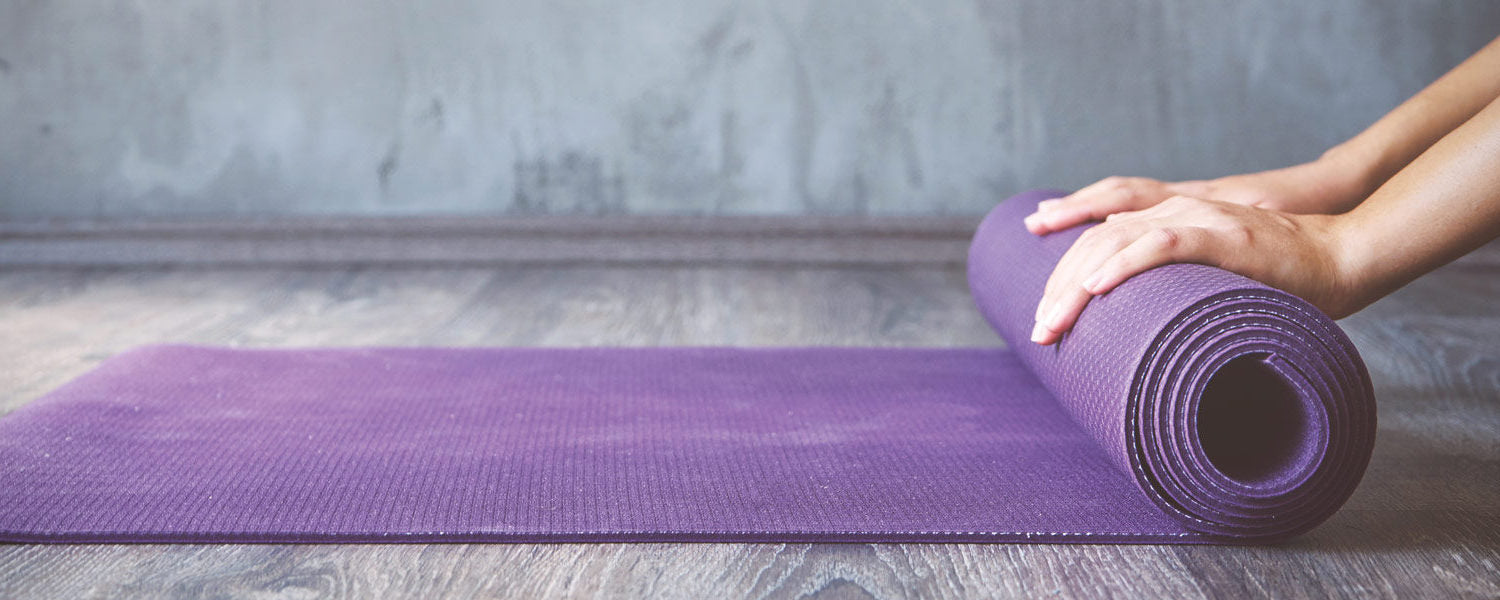
Kegel Exercises: A How To Guide for Women
Kegel Exercises: How To Guide for Women
Women of All Ages Can Benefit from Regular Kegel Exercise
In order to understand how Kegel exercises work and why they're important, we first need to understand the pelvic floor.
Various life events and health conditions can cause the pelvic floor muscles to weaken in turn affecting perceived vaginal tightness. This is a completely normal side effect of getting pregnant, giving birth, aging, weight gain and more.
Many problems can develop from weak pelvic muscles including pelvic organ prolapse, urinary stress incontinence (peeing when you laugh/sneeze/cough), fecal incontinence, and a lack of sexual satisfaction.
What is a Kegel Exercise?
Kegel exercises are designed to strengthen the pelvic floor muscles, which support the uterus, bladder, small intestine, and rectum. Named after Dr. Arnold Kegel, who first described them in 1948, these exercises are often recommended for various health purposes, such as improving urinary incontinence, reducing the symptoms of pelvic organ prolapse, and enhancing sexual function.
How to Perform a Kegel Exercise

1. Identify the Right Muscles
- Stop your urine flow midstream to find your pelvic floor muscles.
- Insert a clean finger into your vagina and squeeze the muscles around it to feel a tightening.
2. Choose a Comfortable Position
- Start by lying down or sitting in a comfortable position.
- As you become more comfortable, you can perform Kegels while standing or walking.
3. Perform the Exercise
- Tighten your pelvic floor muscles and hold the contraction for 3-5 seconds.
- Ensure you are not tightening your abdomen, buttocks, or thighs.
- Relax the muscles for 3-5 seconds.
4. Repeat
- Aim for 10-15 repetitions per session.
- Perform three sessions a day for optimal results.
5. Maintain Consistency
- Incorporate Kegel exercises into your daily routine.
- Consistency is key to strengthening your pelvic floor muscles over time.
6. Increase Duration and Intensity
- Gradually increase the hold time to 10 seconds as your muscles get stronger.
- Add more repetitions or sessions as you become more comfortable.
7. Track Your Progress
- Keep a journal to monitor your progress and stay motivated.
- Set reminders to perform your Kegel exercises regularly.
By following these steps, you can effectively perform Kegel exercises to strengthen your pelvic floor muscles and improve overall pelvic health.
How to Find the Right Muscles
To find the right muscles when performing a Kegel exercise, try stopping your urine flow midstream; the muscles you use to do this are your pelvic floor muscles. Another way is to insert a clean finger into your vagina and squeeze the muscles around it; you should feel a tightening sensation. It's important not to engage your abdominal, buttock, or thigh muscles during Kegels. Relax and focus on isolating and contracting the pelvic floor muscles only.
Kegel Exercise Training Video Series
In this 3 Part Series entitled "Intro To The Pelvic Floor & Kegel Exercises", our expert Pelvic Rehabilitation Physical Therapist, Amanda Olson, DPT, PRPC explains your anatomy, why pelvic floor exercises are important, and how you can increase the effectiveness of your Kegels.
Part One
Part Two
Part Three
Traditional Kegel Exercises for Beginners
As you learned in the above videos, the Intimate Rose Kegel Exercise Weights are great for adding resistance to your Kegels and they help you get stronger pelvic muscles faster than doing traditional Kegel exercises alone. However, if you have a very weak pelvic floor, beginner Kegels are part of the solution.
Notes
- The bottom line: Increasing your pelvic floor strength can help with a multitude of issues and there are many benefits to Kegels including resolving pelvic prolapse, accidentally leaking urine, and can lead to better sex.
Common Questions:
I think I'm squeezing the wrong muscles, how do I know I'm doing it properly?
If you're having a hard time "finding" your pelvic floor muscles and being confident you're squeezing the right muscles, you might have poor proprioception. This means that your brain is having difficulty sending the message to the pelvic floor muscles to engage. It sounds scary, but all we need to do is give your brain a reminder where those muscles are. This can be done by touching or stimulating the pelvic floor muscles with vaginal weights.

Tried our Telehealth Services?
✔️ Pelvic Therapy
✔️ Menopause (HRT)
✔️ GLP-1 Weight Loss

